| |
|
|
| |
|
|
| |
 |
|
| |
|
|
| |
|
|
| |
|
|
| |
|
|
| |
 |
|
| |
|
|
| |
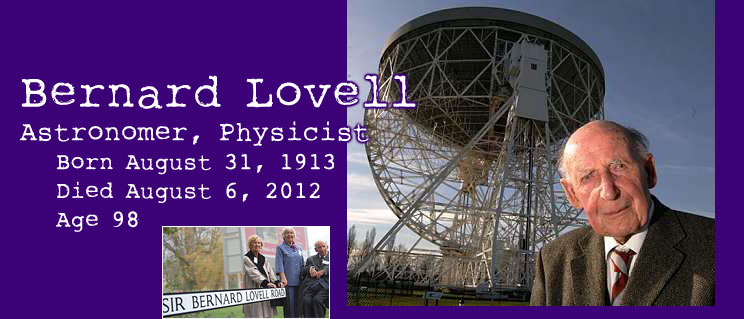 |
|
| |
|
|
| |
Jim Thornton is always volunteering in this year of the missing updates. I'm very grateful and wish I could do something for him and all the people coming through. I'll try to think of something. In the meantime, enjoy this amazing recap. And poem, of course. Chipmunk Roasting, Deceased Hose and Drunkasaskunk trioed up for this one for 3 points. It's possible that those are the longest names we have!
# # #
Deadpool obits tend to be irreverent nonsense cribbed from Wikipaedia, or at least mine do. But my friend, the historian Peter Liddle, gave me the transcript of an interview he did with Bernard Lovell for his World War 2 Experience Centre a few years ago. So this may contain something original. I'll try to be serious. Apart from the poem of course. Here goes.
Bernard Lovell was the man behind the 76-metre Jodrell Bank radio telescope, the first, largest, and most famous, steerable "big dish" in the world — it's now number three, but don't pretend you've heard of Effelsberg or Green Bank. The iconic structure in the fields near Manchester is now so familiar that it's difficult to recall the bother of getting it built. The engineers were nervous that it would suddenly crumple — rightly so, it later turned out, when other cheaper telescopes collapsed dramatically — so they kept putting on more expensive bracing. The budget overruns became a national scandal, and Lovell was hauled before Parliament, hounded in the press, and even threatened with personal bankruptcy.
And then he was saved. The telescope worked. It not only hoovered up unimaginable quantities of data from distant galaxies, but was the only Western device capable of tracking the first Russian Sputniks as they flew over, and later the first pictures from an unmanned Russian moon landing. The bureaucrats pressured Lovell for a couple of years but eventually Lord Nuffield, the car magnate, wrote the cheque that sprung him free.
Bernard Lovell was born in Oldland Common near Bristol. His father, a lay reader in the local church (where Bernard played the organ) founded the Oldland Cycle and Radio Company. Bernard built his first wireless at school, and recalls that an inspiring public lecture in the university's WD & HO Wills Physics lab encouraged him later to build the Jodrell Bank visitor centre — some good coming out of tobacco. At Bristol University in the late 1920s, he found himself researching next door to Klaus Fuchs, then a fugitive from the Nazis, later the famous spy who leaked atomic secrets to Russia.
After Bristol he went to work with the Nobel Prize winner, X-ray crystallographer William Bragg, in Manchester, having just failed to get his first choice job with the physicist Patrick Blackett in London. Not a bad consolation prize! But soon Blackett moved to Manchester, and they worked together on cosmic radiation. When the war started, Blackett sent Lovell to work at the Bawdsey research station on radio wave detection. This was the work that eventually led to the first workable radar systems. Lovell, still in his twenties, was right in the thick of it, shortening the wavelength to improve resolution, altering bombers to fit the equipment, mixing with the generals, and on occasion even visiting Downing Street to get Churchill's blessing. He admitted it went to his head and led to his near downfall twenty years later.
Lovell later claimed that on a visit to a radar station near Scarborough he saw masses of echoes on the screen and rebuked the operator for not reporting them. The reply ("That's not echoes, it's what we call the ionosphere.") gave him the idea of radio astronomy and, eventually, the radio telescope. Lovell's claim wasn't true — Karl Jansky had made the first radio telescope in 1931 and knew that the background hiss came from outer space, and Grote Reber had built the first parabolic dish in 1937 — but it made a good story.
But the first moon pictures were Lovell's. In the late '60s, while monitoring an unmanned Soviet spacecraft which had landed on the moon, he suddenly realised it was transmitting back a picture. He had to borrow a local newspaper's digital picture technology — this was long before jpegs or bitmaps — to create a print, but it flew 'round the world. The Russians had kept it secret, and he'd scooped the Americans with the first picture of the surface of the moon.
Now the telescope spends its days searching for pulsars and its nights hosting musical events. A few weeks before they closed the Olympic ceremony, Manchester's rock gods, Elbow, performed in front of it. Lovell the showman would have approved.
|
|
| |
|
|
| |
| |
Sitting up in Manchester
He was just plain Mr Lovell
When he first got the idea
To build a telescope at Jodrell
He was expert on the radio waves
But he knew no economics
So he had to bluff the money
And talk about astronomics
But the telescope was pricey
The money was overspent
He nearly went to prison
There were questions in Parliament
Then Sputnik flew over
And only he could track it
The first photo from the moon
Jodrell Bank got it
Pulsars and galaxies
Soon they came fast and thick.
Wanna see the Big Bang?
Get yourself to Jodrell quick
Pop stars came and went
But Jodrell's fame went on so long
That instead of the Elbow,
They gave Lovell a gong
— Jim Thornton |
|
|
|
| |
|
|
| |
 |
|
| |
|
|
| |
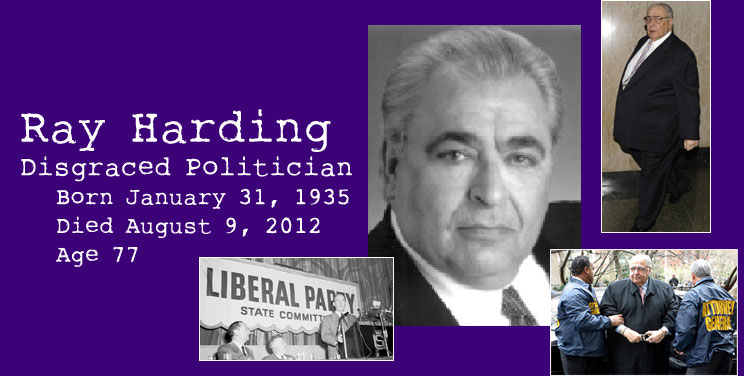 |
|
| |
|
|
| |
|
|
| |
|
|
| |
 |
|
| |
|
|
| |
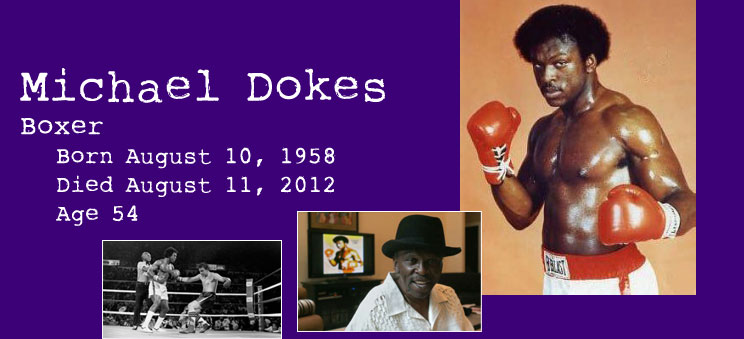 |
|
| |
|
|
| |
|
|
| |
|
|
| |
 |
|
| |
|
|
| |
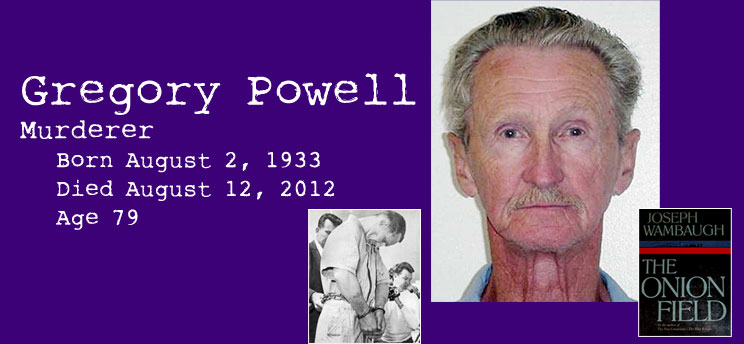 |
|
| |
|
|
| |
|
|
| |
|
|
| |
 |
|
| |
|
|
| |
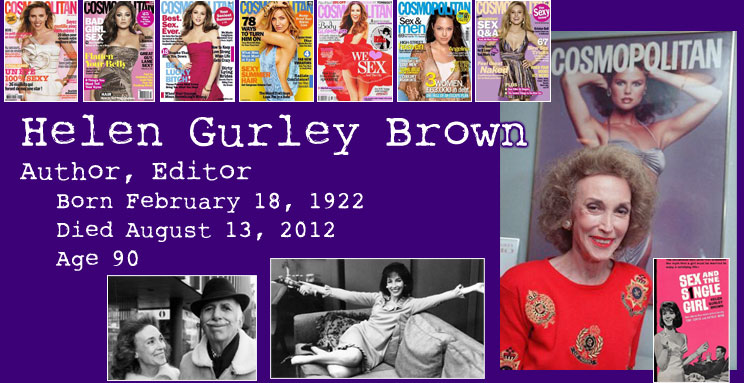 |
|
| |
|
|
| |
Kris Baker couldn't wait to write this, and who am I to complain? She (Koko-Moxie), Brigid and Constant Irritant get 3 points each.
* * *
Helen Marie Gurley was a child of the Depression. Even in her best-seller Sex and the Single Girl she gave out cheapskate tips. She advised single women to serve hot dogs at their parties, told how to make a Brill-O pad last for weeks, and when she died her apartment still had the orange shag carpet installed in the early 1970s.
Helen's mother, after losing her husband to an elevator accident, knew she had to get the hell out of Arkansas, so she took Helen and her polio-afflicted sister to Los Angeles.
What was a girl to do, if they were not beautiful or even pretty (as she described herself)? Sleep her way to the top! It didn't matter to Helen if they were single or married; in fact, the married had to be great choices, because some other woman had chosen them first.
If the man held the key to a better job, it was a bonus.
In the advertising age of the 1950s, Helen shone. Being witty and a hard-worker helped the plain girl from Arkansas gain the attention of the advertising world, and she used what she had — and more. She may have been successful without the sex and lovers, but how many females became ad agency executives in the Mad Men era?
How did Helen succeed? By telling women that it was okay to have sex. Lots of words were written, lots of money was made — but it all boiled down to "It's okay to have sex, girls."
What Helen learned, after marrying one of Hollywood's rising executives (David Brown) in 1959, was that her message would resonate. She began writing Sex and the Single Girl soon after her marriage, and its bestseller status in 1962 showed that she could sell sex as well as detergent.
Helen's rising profile led her to a new career: rescuing a stodgy, failing magazine, Cosmopolitan. As editor-in-chief, she put the most beautiful women on its covers, some of the most shocking (for the era) articles inside — and husband David Brown wrote the purposely sexy cover captions during Helen's entire tenure at the magazine.
Cosmo readers were always "girls." Cosmo girls had great jobs, good sex, sexy men, expensive clothes, and more good sex.
David Brown may have won Academy Awards, he may have produced Jaws, The Sting and The Sugarland Express — but he took the time to write those captions.
No matter how wealthy Helen became, her cheapness (okay, thriftiness) was legendary. She rewrapped free samples that had been handed to her by her staff and gave them back to the staff as Christmas presents. She took doggie bags home from private dinner parties and ate them for lunch all week. She kept the same shag carpet for more than 40 years.
Through it all, Helen called herself a "mouseburger" and "not even pretty" — while dressing herself in come-hither clothing now aimed only at one man: her David.
Cosmo (as it became known) became a raging success under Brown's tutelage, and expanded into nearly sixtyinternational editions. Outside the U.S., the magazine was popular, but not nearly as shocking as during its early U.S. years.
When the initial success of Cosmo began to fade, Helen per her ad-writer genius to work and inserted male centerfolds. Burt Reynolds posed wearing only a cigar. Madonna may have been on the cover in May 1990, but David Hasselhoff was the prize inside. Cosmo's first centerfold contest, in 1982, was won by a Boston College student by the name of Scott Brown.
Notable among magazines was the sameness of Cosmo's covers: a single female. Maybe a model, maybe a famous actress or singer, but never a man nor a group of women.
With a bit of Helen's nudging and an increasing number of centerfolds, Cosmo rolled along for 32 years. "There wouldn't have been Carrie Bradshaw without Helen Gurley Brown," said Bonnie Fuller, editor of HollywoodLife.com and Helen's successor at Cosmo.
In 1997, Hearst Corporation ousted Helen as editor-in-chief of the U.S. edition of Cosmo, but she remained editor of the international editions until her death. The news reports stated that, until just recently, she'd still been dropping by her Cosmo office to oversee all those international editions.
Helen Marie Gurley was born in Green Forest, Arkansas. She married David Brown in 1959. (Her beloved David died at age 93 on February 1, 2010.) The couple had no children. David's son Bruce (from a previous marriage) preceded him in death, and David and Helen managed to outlive all their other relatives.
One of New York's finest apartments, a multi-story wonder in the Beresford Tower, complete with that orange shag carpeting and super-groovy animal-print wallpaper, may finally be redecorated. The next owner will be less frugal and turn up the heat.
Thanks, Helen. You proved to me that my mother's stinginess wasn't all bad, that sex was all good, and that maybe I should have slept my way to the top.
— Kris Baker
|
|
| |
|
|
| |
 |
|
| |
|
|
| |
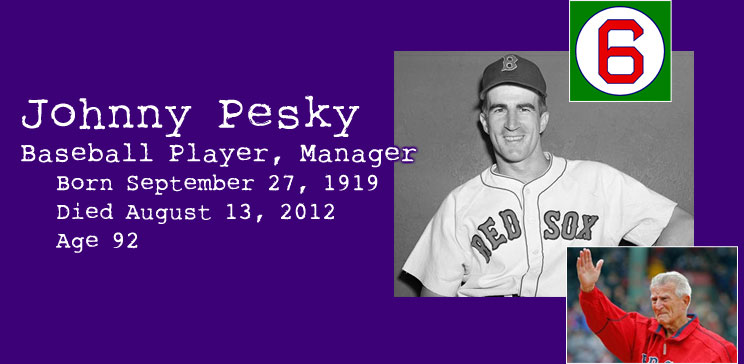 |
|
| |
|
|
| |
|
|
| |
|
|
| |
 |
|
| |
|
|
| |
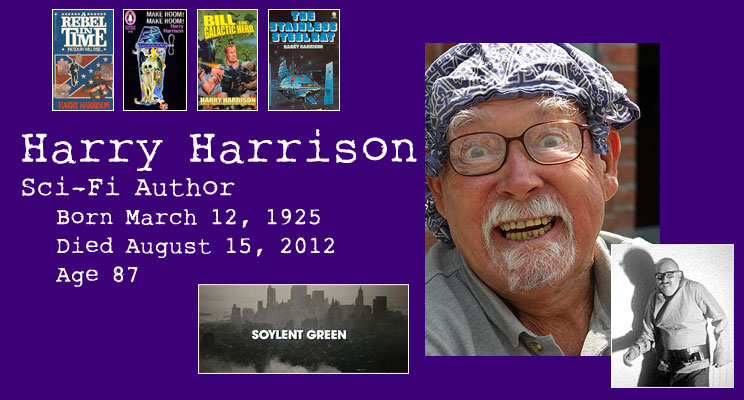 |
|
| |
|
|
| |
|
|
| |
|
|
| |
 |
|
| |
|
|
| |
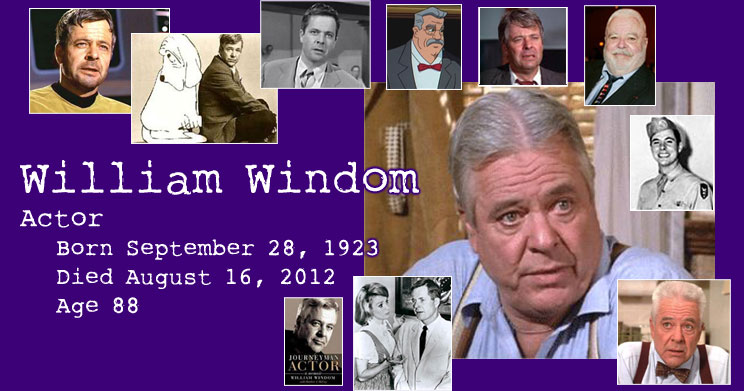 |
|
| |
|
|
| |
|
|
| |
|
|
| |
 |
|
| |
|
|
| |
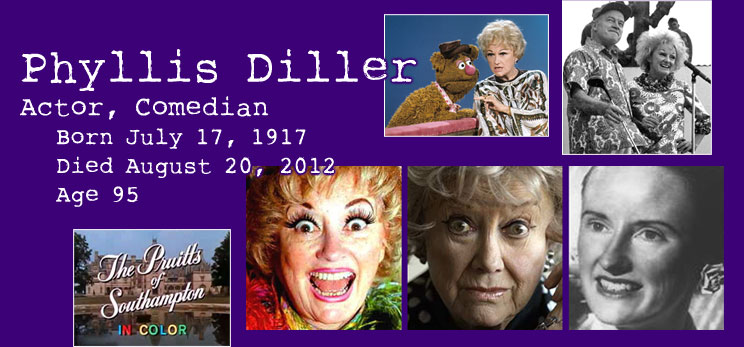 |
|
| |
|
|
| |
|
|
| |
|
|
| |
 |
|
| |
|
|
| |
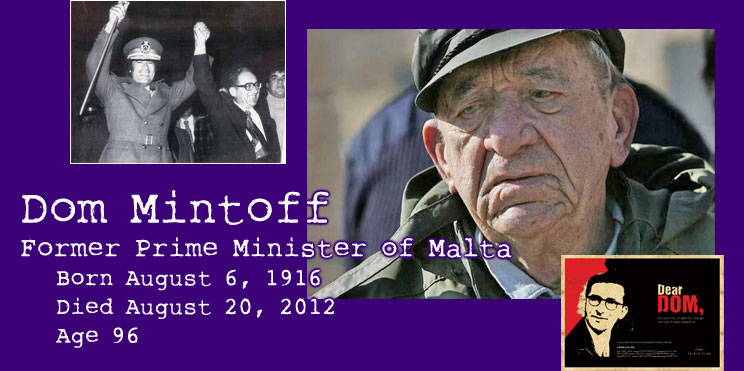 |
|
| |
|
|
| |
Who would volunteer for Dom Mintoff? Good old Jim Thornton, that's who. Sees we're in backlog hell and does his patriotic duty — which includes a poem, of course. A solo for Deceased Hose. Total: 7 points.
* * *
Dom Mintoff's moment came in the early seventies. Labour prime minister, for the second time, of the diminutive island of Malta, he closed Britain's naval bases, and nationalised airlines, shipping and banks. Outrageous! The British colony had fought so valiantly for the Allies in the Second World War that the island had been collectively awarded the George Cross for courage. The diminutive Mintoff (5 foot 5 inches) became a bogeyman to rival Castro.
It had not always been so. In the 1950s, during his first term as prime minister, Mintoff had tried the opposite tack, to fully incorporate Malta within the UK. Britain was happy to give them the vote, and their own MPs in London, but less keen on giving them the same social services. A compromise might have been found if Mintoff had not been such an uppity foreigner. Instead he discovered the considerable electoral benefits of squabbling with the colonial power.
Prime minister from 1955-1958 and 1971-1984, he was the biggest cheese on the tiny island for forty-odd years — most spent riling Britain. It was a family trait. In 1978 his daughter Yana hurled a bag of horse manure into the chamber of the House of Commons in protest against Britain's policy in Northern Ireland, but generally Dom Mintoff did the trouble-making himself. He supported the Arabs in the Yom Kippur war, made friends with Gaddafi, and let the Russians build an embassy. But of course socialism soon led to poverty, and eventually he was forced to accept the wily Brits' offer to pay to keep their ships in his harbour. His final election win in 1981 was widely regarded as fraudulent.
|
|
| |
| |
|
|
| |
Brave little Malta
Italians they sent off.
Resisting starvation
Told Germans to fuck off.
Despite the George Cross,
To see them off
Soon the Maltesans
Elected Dom Mintoff
He wanted the vote
And thought he could play off
One Brit against other,
Till they told him to sod off.
"Don't oppose me
When I'm trying to pull off
My plan to join Britain."
Said angry Dom Mintoff.
So he kicked up a fuss
And pushed their ships off.
He befriended the Russians,
Did commie Dom Mintoff
But the Brits played for time,
And finally paid off,
That troublesome lefty,
Little Dom Mintoff.
— Jim Thornton |
|
|
|
| |
|
|
| |
 |
|
| |
|
|
| |
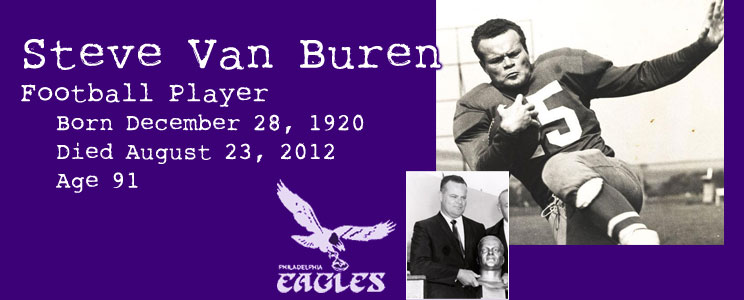 |
|
| |
|
|
| |
Gerard Tierney sent along this update in order to prod the gods into giving him a new hit. I'll take whatever excuse I can get. This one is wonderful.
# # #
Never mind how a kid born in Honduras in the 1920s ends up playing in the National Football League — how does he end up with a name like Steve Van Buren?
These are just two of the burning questions I set out to answer with this update.
Steve Van Buren — alternately known as "Movin' Van," "Flying Dutchman," "Blockbuster," "Supersonic Steve" and, most famously, "Wham Bam" — was born in the port city of La Ceiba to an American father (an inspector for United Fruit Company, the New-Orleans based banana giant) and a Spanish mother. The one-eyed descendant of Caribbean pirates — a chronic ailment resulting from a childhood injury kept him out of World War II — he was pro football's first Hispanic Hall of Famer. To date, Steve and his younger brother Ebert, who had a short and undistinguished career, are the only two Honduran-born players in NFL history.
Around the age of ten, he was orphaned — or, in the more plausible version of the story, since no cause of death seems to be mentioned, his mother died and his father left. Steve, his brother and their three sisters were shipped off to live with their grandparents in New Orleans.
He first saw football at Warren Easton High School in New Orleans and decided to go out for the team, but at a hundred twenty-five pounds he was considered too small to play or even scrimmage. After dropping out for two years to work in an iron foundry, he returned to high school with an added thirty pounds of muscle and was installed at end on the football team.
After graduation in 1940, he enrolled on an athletic scholarship at Louisiana State University (LSU) in Baton Rouge, where at six feet, 208 pounds he spent two seasons as a blocking fullback for halfback and future baseball great Alvin Dark. When Dark left for military service, Van Buren moved to halfback and promptly led the nation in scoring and was second in rushing yardage. On the recommendation of his coach, Bernie Moore, Van Buren was picked in the first round of the NFL draft by something called the Philadelphia Eagles. The NFL was still a sideshow in those days; the only pro teams anyone knew about in the South were the Washington Redskins and the Chicago Bears. On his first trip to Philadelphia, Van Buren missed his rail stop and ended up in New York.
By 1947 he would lead the perennially non-contending Eagles to the NFL championship game for the first time in their history. A year later, in his signature game as a pro, he would score the only touchdown in a title game played in a ferocious blizzard. A second title, in another shutout, followed in 1949, as Van Buren slogged for a record 196 yards in the monsoon-drenched quagmire of Los Angeles Coliseum. By the time a knee injury forced his retirement before the 1952 season, he would own four rushing championships and the all-time career record for yardage.
So why did it take a guy like that — and this had been nagging me for weeks — thirteen years to make the Hall of Fame?
Well, first they had to build the place. The Pro Football Hall of Fame didn't open until 1963, and players from his era were first considered for induction in 1964. Van Buren, along with quarterbacks Otto Graham and Bob Waterfield, was in the first group of post-war enshrinees in 1965.
With typical nonchalance, Van Buren once summarized his career by saying, "I set a record every year I wasn't hurt." Another time, the Eagles sent out questionnaires asking players, "What do you consider your outstanding football accomplishment?" Van Buren answered: "None."
Toward the end of his life, in the throes of dementia, Van Buren was known to lapse into his native Spanish and express admiration for Michael Vick.
Having made this pick in a ferocious blizzard (well, it was cold out), it's highly appropriate that I would score the only seven points of the game (2 for age, 5 for solo).
— Gerard Tierney
|
|
| |
|
|
| |
 |
|
| |
|
|
| |
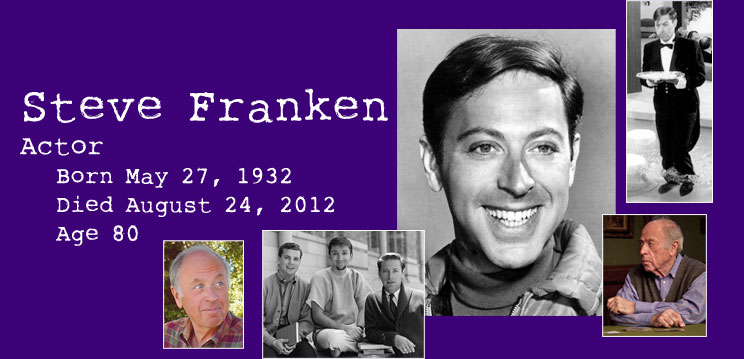 |
|
| |
|
|
| |
|
|
| |
|
|
| |
 |
|
| |
|
|
| |
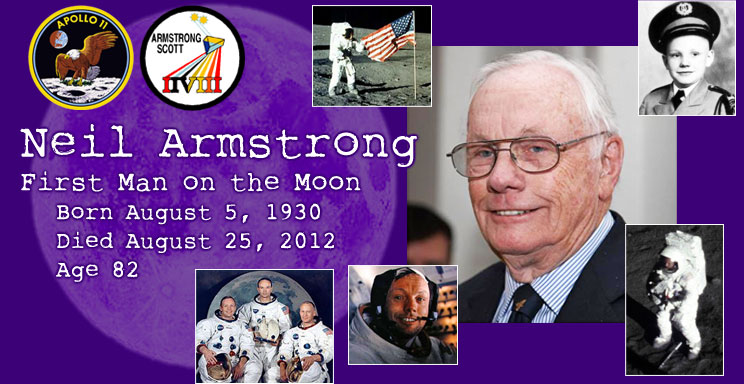 |
|
| |
|
|
| |
|
|
| |
|
|
| |
 |
|
| |
|
|
| |
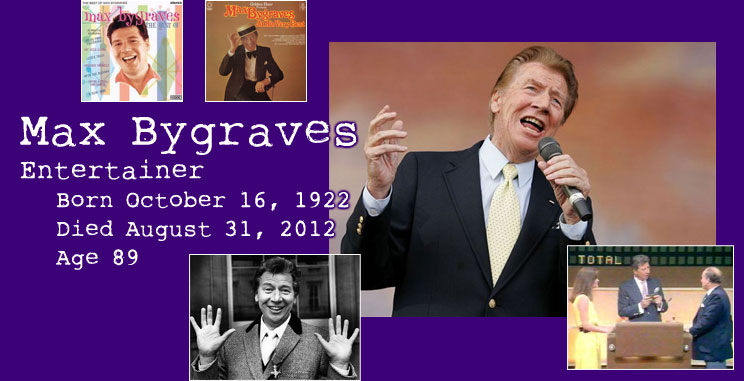 |
|
| |
|
|
| |
|
|
| |
|
|
| |
|
|
|

